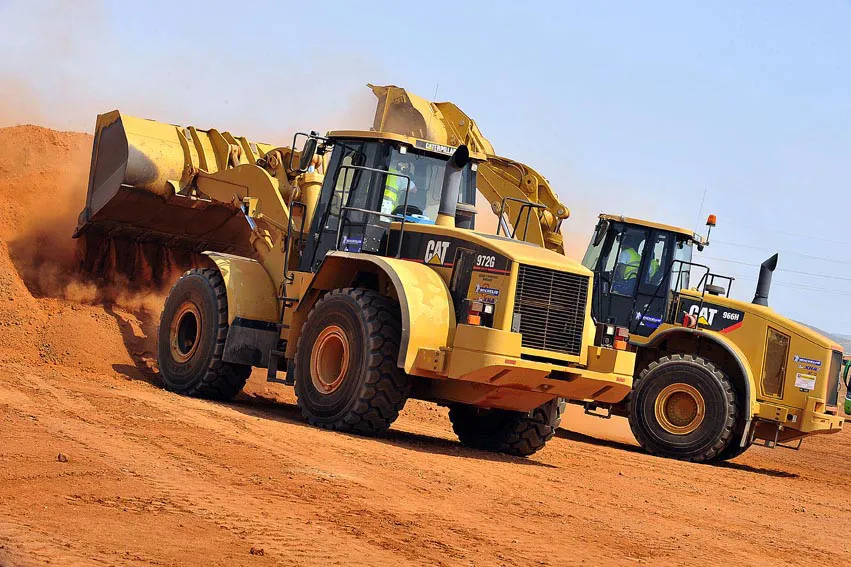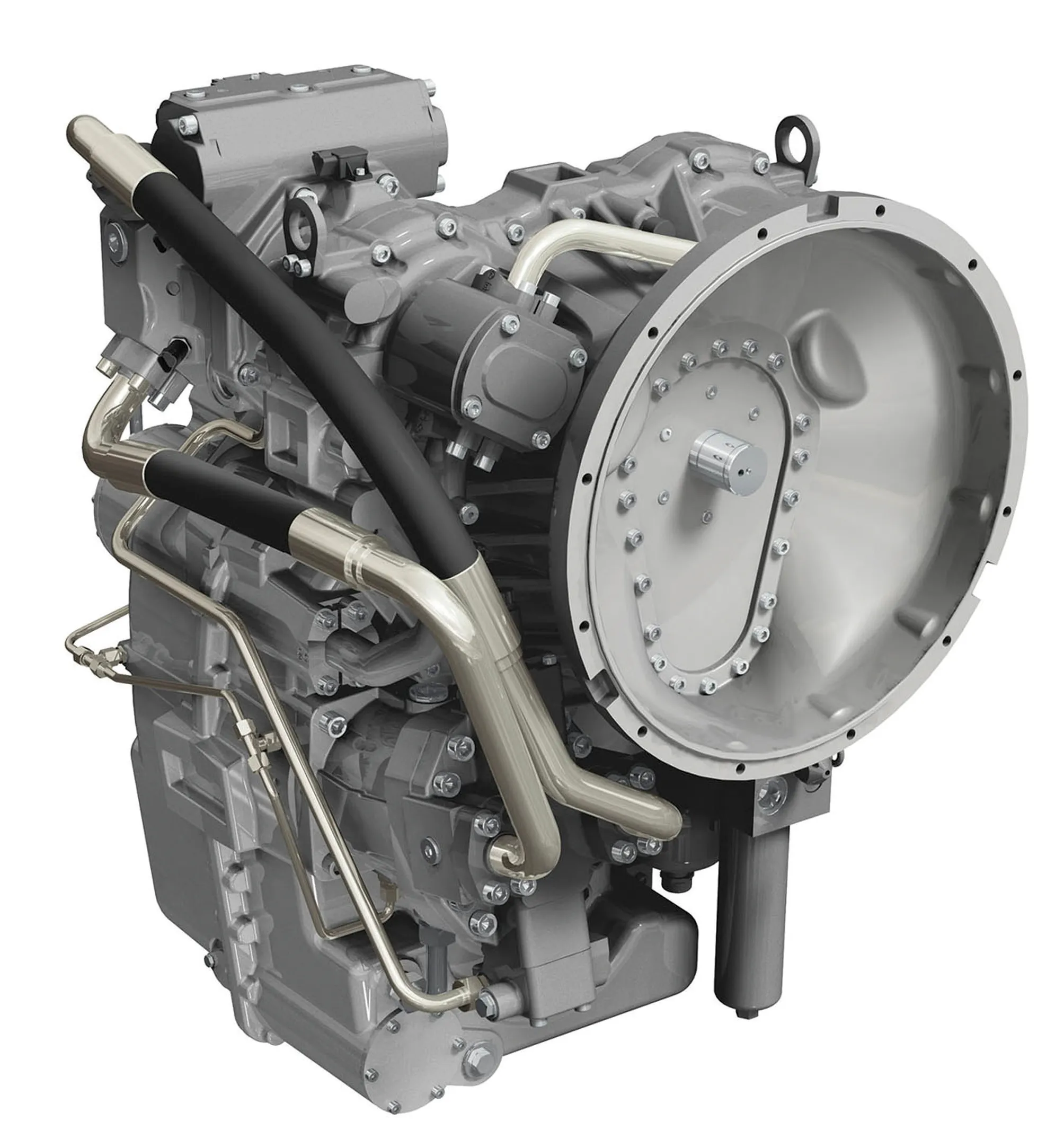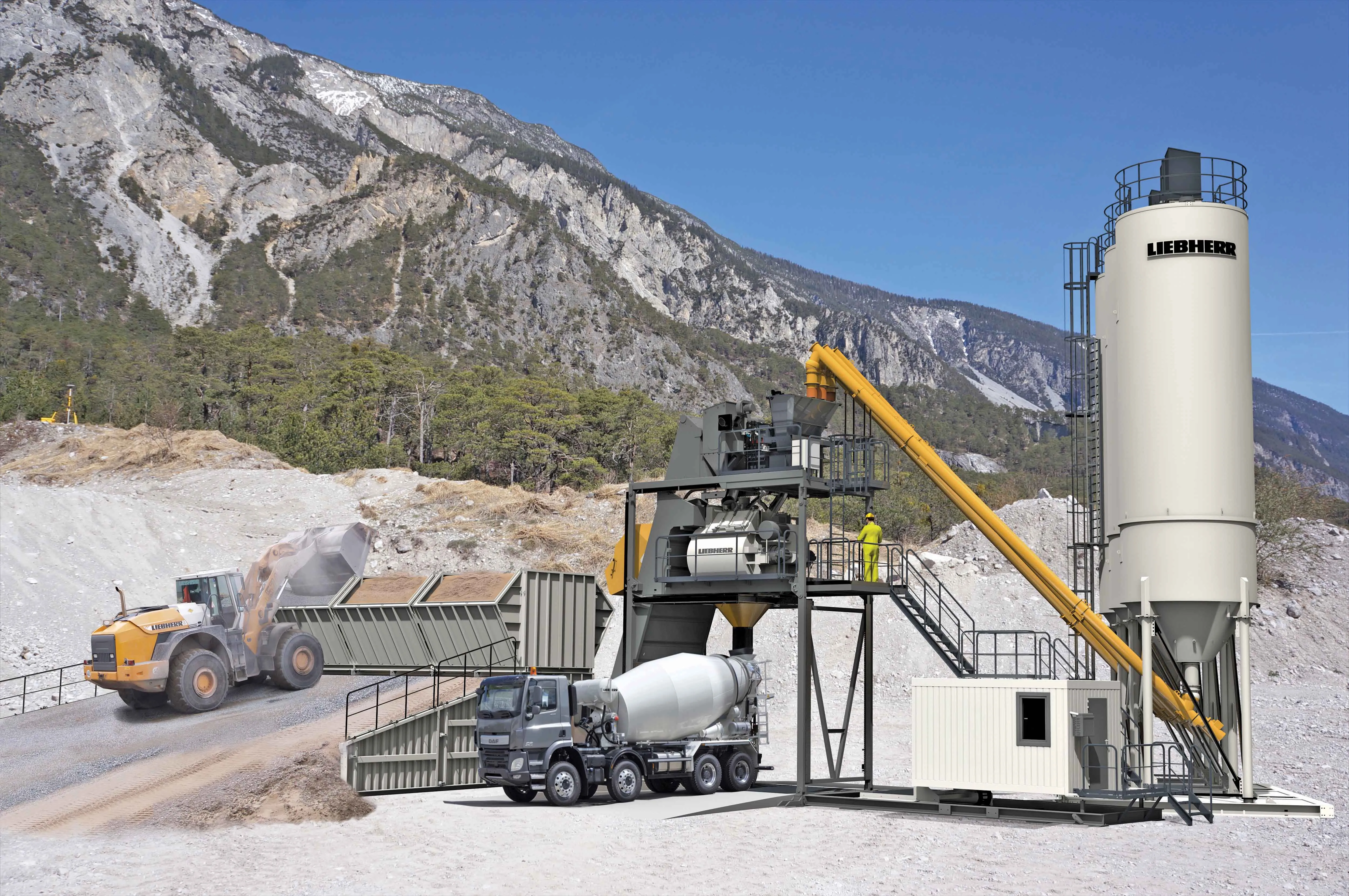The Michelin XHA2 Experience Day 2009, at the Michelin Technology Center in Almeria, Spain, enabled 140 earthmover dealers from some 20 European countries to visit the world's largest centre devoted exclusively to the development of earthmover tyres.
February 28, 2012
Read time: 2 mins

The 720 Michelin XHA2 Experience Day 2009, at the Michelin Technology Center in Almeria, Spain, enabled 140 earthmover dealers from some 20 European countries to visit the world's largest centre devoted exclusively to the development of earthmover tyres.
They were able to test loaders fitted with the new Michelin XHA2 line-up and judge the tyre's performance at the first of its kind in Europe, created to provide an opportunity for Michelin to meet and exchange views with its dealers.
Designed for small and mid-size loaders, the Michelin XHA2 is the latest generation of the Michelin XHA tyre, which was launched in the late 1980s.
The new XHA2 is said to reduce hourly costs, ensure that work continues smoothly and safely, and improve operator working conditions. Additional rubber has been incorporated in the tread to make the tyre even more damage-resistant; the sidewalls have been strengthened with special protective rib and anti-scrape shields, and Michelin has developed crack rotation rubber compounds that help to prevent flats.
The Michelin XHA2 lasts up to 10% longer than its predecessor, and the tread improves traction and makes the tyre self-cleaning (expelling earth caught between tread blocks) while reducing temporary losses of grip. The optimised traction reduces rolling resistance and therefore fuel consumption.
They were able to test loaders fitted with the new Michelin XHA2 line-up and judge the tyre's performance at the first of its kind in Europe, created to provide an opportunity for Michelin to meet and exchange views with its dealers.
Designed for small and mid-size loaders, the Michelin XHA2 is the latest generation of the Michelin XHA tyre, which was launched in the late 1980s.
The new XHA2 is said to reduce hourly costs, ensure that work continues smoothly and safely, and improve operator working conditions. Additional rubber has been incorporated in the tread to make the tyre even more damage-resistant; the sidewalls have been strengthened with special protective rib and anti-scrape shields, and Michelin has developed crack rotation rubber compounds that help to prevent flats.
The Michelin XHA2 lasts up to 10% longer than its predecessor, and the tread improves traction and makes the tyre self-cleaning (expelling earth caught between tread blocks) while reducing temporary losses of grip. The optimised traction reduces rolling resistance and therefore fuel consumption.








